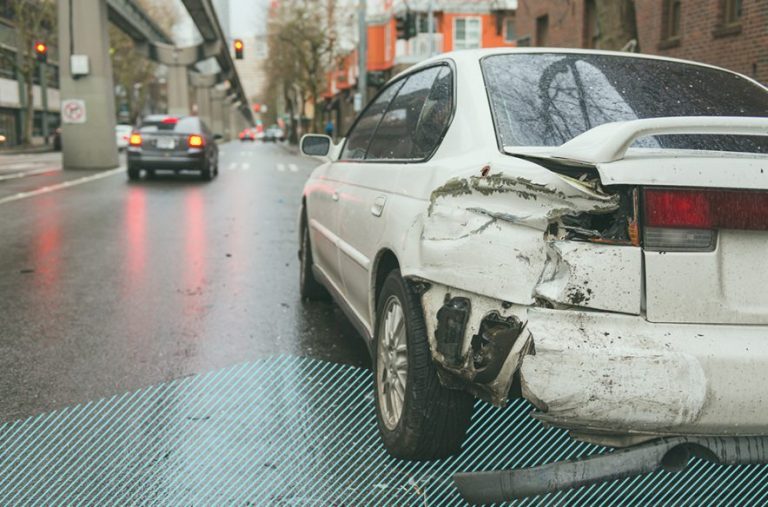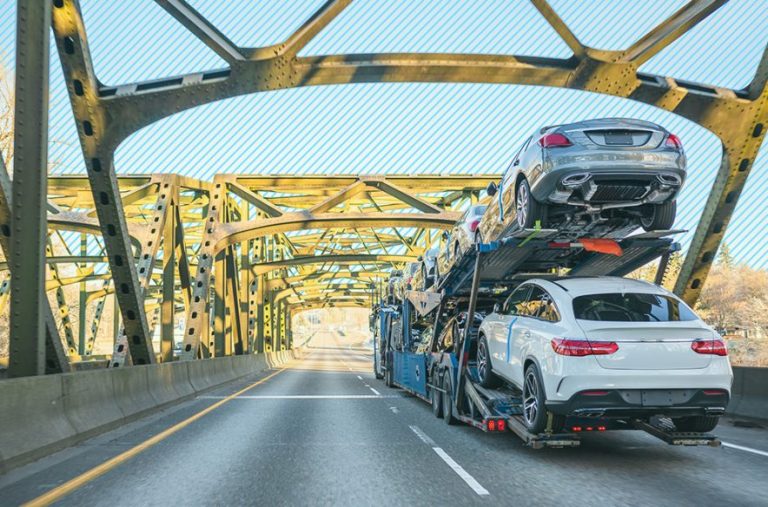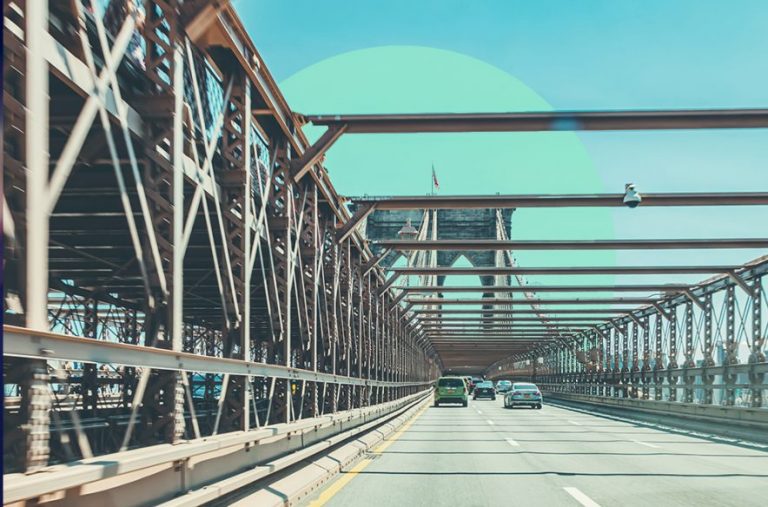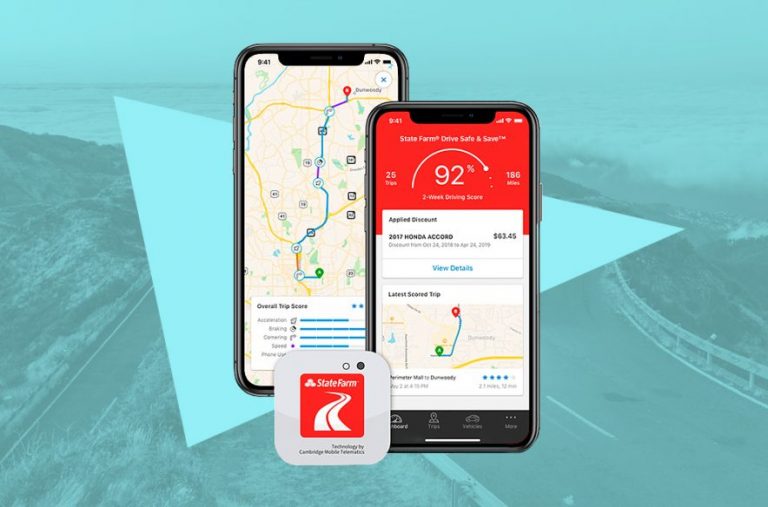India placed 46th amid 155 countries regarding logistics performance by World Bank in 2012 and is considered to have one of the biggest economic potentials in the world. Many multinational companies are planning to set up operations in India and local retailers plan to extend their current operations. Due to the rising demand for logistics services and growth in disposable incomes, and superior industrialization endeavors over the country, the logistics industry is growing at a rapid rate. Nevertheless, each logistics company in India needs to face several challenges including poor infrastructural facilities and an inconsistent tax system. The future success will depend on the ability of the industry to overcome these obstacles with a big support from the government.
Infrastructure is dominant issue for every logistics company in India and a major holding factor to logistics’ industry growth. According to governmental statistics nearly 61% of cargo is moved by road, 30% by rail and the rest by airway, pipelines, and inland waterways. Congestion, poor quality of roads, and the fact that only 60% of villages have access to all-weather roads interferes with smooth functioning of logistics operations and causes delays and risks. Every day logistics providers struggle with insufficient connectivity to warehouses, logistics hubs, and ports where capacity is overstretched and turnaround of containers is much slower than in other countries. Underdevelopment and infrastructural obstacles lead directly to higher costs in the logistics industry.
Another challenge that face every international logistics company is an inconsistent and complicated tax system. To get any improvement tax regime needs to be simplified and reduced to a one-time levy across regions so that administrative processes facilitate a seamless flow of goods and services. Today, all the paper work and inspections at each check point can take from 30 minutes to a few hours. Entry taxes into cities for goods also create procedural bottlenecks, while poor conditions and congestion on roads cause delays. According to the Ministry of Road Transport & Highways Government of India a truck can cover only 200-300 km a day compared to 700-1000 km in developed countries; the average speed of trucks on Indian roads is about 20 km per hour. Harmonization of taxes, procedures and policies is needed to increase the effectiveness and responsiveness of the transport network.
Most of the changes must be done at the policy level and already several initiatives have been taken by the government towards the improvement of services provided by logistic companies in India. The implementation of Goods & Services Tax (GST) and Warehousing Act 2007, free trade warehousing zones (FTWZs) and investments in logistics parks have helped in development of infrastructural facilities. The Indian Railway has also realized the necessity to upgrade their services. They plan to develop Logistics Parks or hubs in order to streamline and optimize the supply chain and reduce the costs; those actions would cut down the congestion on the roads.
The economy in India has continuously recorded remarkable growth rates and has become an attractive destination globally for investment and business. Following the needs of the market, the logistics industry is evolving rapidly but it is interaction of infrastructure, technology and policy that will define the cost and effectiveness of provided services. Nowadays every international logistics company faces a wide range of challenges such as infrastructure, taxation and regulation of service providers. Changes at the firm and policy level are essential to improve efficiency and to help each logistics company in India to catch up to developed markets.
Everyday Challenges Of Logistics Company In India
You must be logged in to post a comment.












+ There are no comments
Add yours